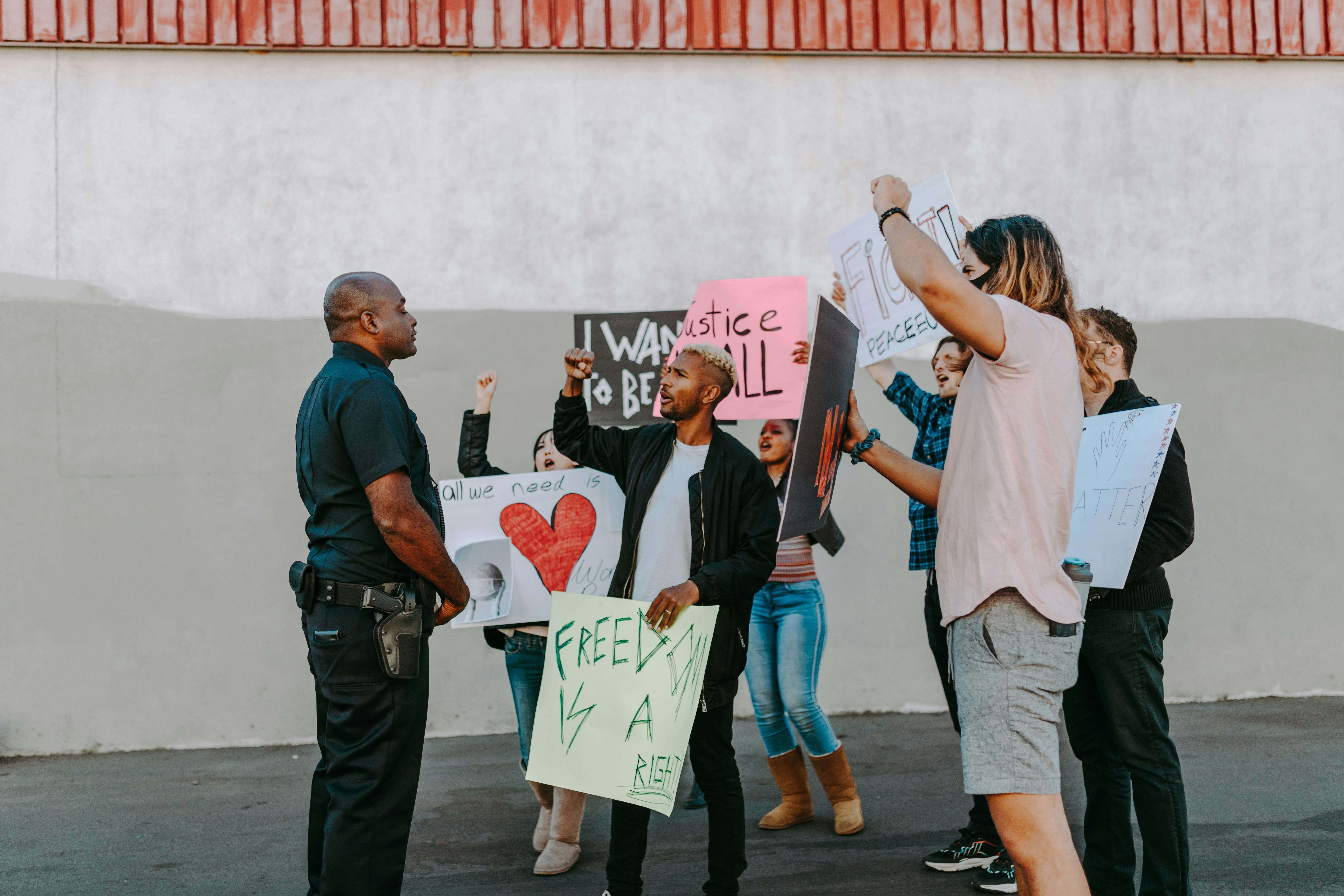Many professionals have many questions about the protection of their materials and their name. What they are concerned about is what we call ‘intellectual property’. Intellectual property can represent 70% of a company’s value, so it’s important not only to understand it, but also to understand how best to protect it. This article will cover what intellectual property is, explain each one in a bit of detail, discuss how the Internet has impacted it, and how to protect it.
Intellectual Property – what is it
The definition of intellectual property is basically any knowledge, information or idea that is important to the competitive success of a company. Examples include a trade name, a logo, a graphic, a slogan, advertising materials, product literature, software, an invention. Even things like customer lists or supplier lists can be considered intellectual property.
Trade Secrets – Keep Them Hidden!
A trade secret is any information, including a formula, pattern, compilation, program, device, method, technique, or process that provides a business with a competitive advantage that others do not have access to. To qualify as a trade secret, the company/owner must make reasonable efforts to keep it secret. Sales and marketing plans may be considered trade secrets, as may sales data from computer files. Probably the best example of a trade secret is the Coca-Cola formula. For health and fitness professionals, a trade secret can be a particular piece of survey information that has helped them discover a need in the market that no one else has discovered yet. This information must not be generally known to be considered a trade secret. However, once the professional has taken steps to market to that audience, as a result of the survey, it will no longer be a secret.
Another example of a trade secret might be a particular client program that is different from what others have created. It can be a particular workout or a particular eating plan; some type of program or method that is unique and not generally known or discovered by others.
Copyrights: do you really need them?
Of greatest importance to health and fitness professionals is copyright law. Many clients ask me about this when they are creating brochures and the answer depends on how much you feel your materials need protection. Copyright law applies to pieces of work such as books, works of art, software, websites, musical recordings, magazines, plays, dramatic performances, and movies. An easy way to informally protect works is to include the “©” symbol, followed by the name of the author/publisher, the year of publication. You can also include the phrase “All Rights Reserved.”
Copyright protection gives the original author exclusive legal rights to the economic benefits of the work. They can reproduce copies, develop derivative works based on the original product, such as workshops, for example, distribute copies, publicly present it and publicly display it. Most importantly, the copyright of the work prevents others from copying, distributing, performing, or displaying the work without the permission of the author/publisher.
Health and fitness professionals often ask if they can legally copy materials to give to their clients, and the answer is “it depends.” Many educational materials will include a statement that they may be reproduced for educational purposes, and other materials will include a statement that as long as the original author and contact information are included, the materials may be copied and distributed. If a person is unsure, they should contact the author or publisher.
If you have educational material, should you go through the formal copyright registration process? Well, to decide this, you must first determine if you qualify. There are three basic requirements for copyright protection: 1) the work must be fixed in a tangible medium (written on paper, on a computer disk, or recorded on tape), 2) the work must be original, and 3) It should contain a bit of creativity. Legally, once a work has been fixed on a tangible medium, it is copyrighted; not even a notice on the material is required! However, if the author wants to prove infringement in a US court, the copyright owner must register the copyright with the Copyright Registry in Washington, DC. The process is simple and very affordable, so the author only needs to determine to what extent he needs to protect his work.
Examples where it is sufficient to list copyright protection are educational brochures or any other similar material for the education of customers. If a professional has created a particular work that they would like to expand in workshops, or is something that they would eventually like to license, it would probably be worth formally registering the copyright. If you are unsure whether your work should be copyrighted, you may want to consult a copyright attorney, but you do not need to use an attorney to apply for copyright protection. However, books are definitely copyrighted, and the most recent court ruling on royalties owed to authors who publish their works on the Internet indicates that authors who wish to be paid for such works must also register.
Protecting your name with a registered trademark
Trademark protection is big business! Consider companies like Nike with their ‘trademark’ swoosh or McDonalds golden arches. A trademark is any word, phrase, name, symbol, sound, or device that identifies and distinguishes the products or services of one company from another.
When considering trademark protection, you may register only at your state or federal level. In general, it is recommended to opt for the federal trademark, for broad protection, but then also apply for the state trademark while waiting for the federal process. However, not all trademarks are eligible for federal registration, such as descriptive marks. If you are starting a business and have created a unique name that you would like to protect for years to come, this may be a strategy you want to take. However, the process of obtaining a trademark can be complex and it is recommended that you use an experienced attorney for the process. Examples of what you might want to register could also include a particular logo, slogan, or phrase.
The Internet
On the Internet, domain names, which are website addresses, are given on a first-come, first-served basis. As a result, some people started buying domain names registered by large companies and then trying to sell those domains to the companies for large amounts of money. There was no protection of trademark names when it came to domain names. Anyone could use the Ford.com domain name, for example.
As a result, Congress passed the Cybersquatting Consumer Protection Act of 1999 to make it illegal for a person to register a domain name, with the bad faith intent of profiting from the name, if the domain is identical to or closely similar to a distinctive mark. or identical or similar to a famous brand.
To adequately protect your intellectual property, you must register or take specific steps to protect it. Ultimately, it’s up to you to know the law when you care about protecting what you created. When deciding how far to take your protection, be sure to consider how important this property is to supporting your income and competitive advantage. Sometimes it may not be important, like a simple informational brochure, but other times it can be extremely important, like writing a book and planning to create workshops and programs around that book. As you build your business, it’s important to understand the role your creation will play in growing that business.









